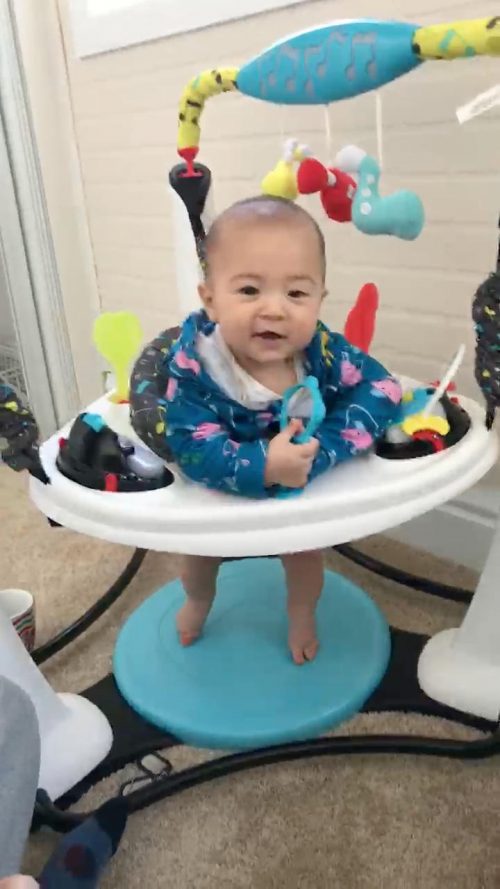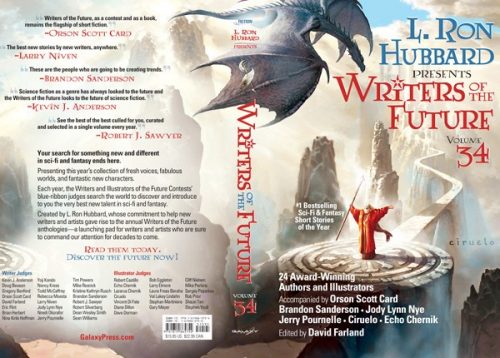Classes are over! Now I get to luxuriate in luxurious laziness for a whole year.
Wait, no. I’m not quite done. There are plans.
-
I have to get back on track with the exercise program — I was derailed by the last week. So it’s off to the gym this morning.
-
I have to finalize all the grades for my evolution course, less the final exam (due Thursday), because students want to know exactly where they stand right now, even though the final could easily raise or lower it by a whole letter grade.
-
Lab audits today. As the biology safety officer, I’m supposed to wander around checking on fire extinguishers and eye washes.
-
Our chancellor has summoned members of my division to an informal meeting this evening. I guess she doesn’t want to forget the faculty exist, so I’ll stop by and oblige.
-
Hey, the job searches aren’t over — one more interview on Wednesday, and we’re waiting on administration approval for various things.
-
Oh, yeah, I’ve got to write one more final exam. Maybe I’ll put that off to tomorrow.
The grand plan is to clear all this clutter out of my life in the next week, so I can buckle down to a strict writing schedule. But I want to get on it noooooooooowwwww.






